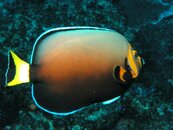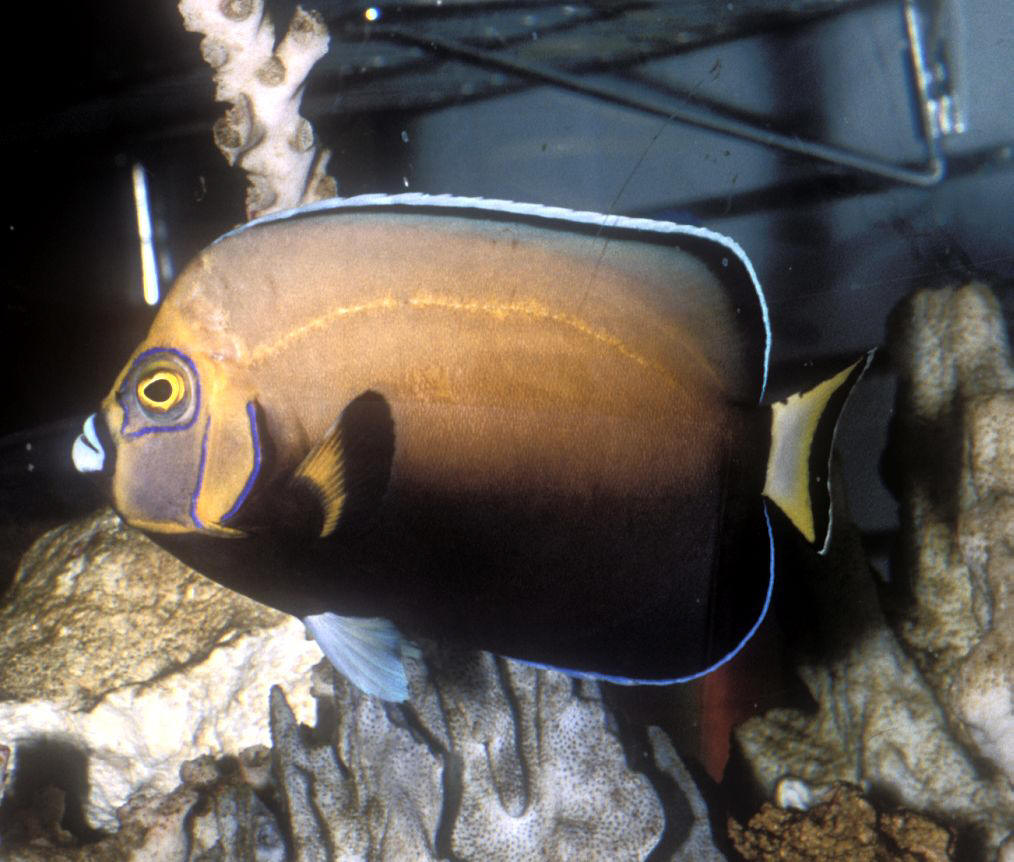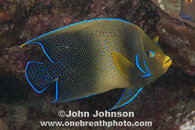Add the fact that the angelfish will hybridize and you get really wide variations.
We know you were trying to get a fish ID. However you posed it as to prove you were not narced and at that depth you certainly were to some degree.
We know you were trying to get a fish ID. However you posed it as to prove you were not narced and at that depth you certainly were to some degree.







